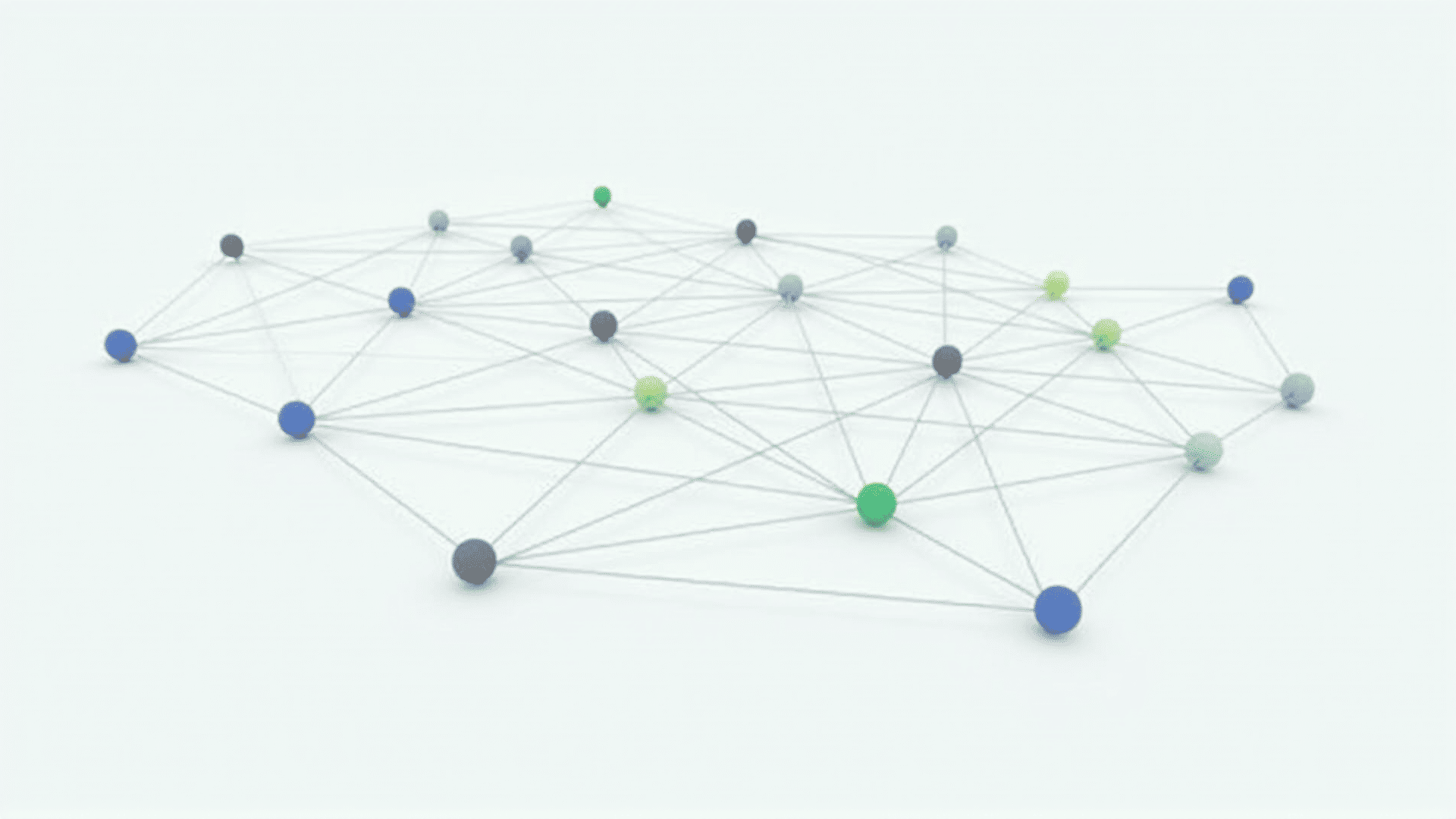In the realm of digital communication, the method by which data is exchanged across distributed networks is a subject of crucial importance. Efficient data exchange mechanisms are essential for ensuring smooth operations, especially in an era where the volume and speed of data are continuously increasing.
At its core, data exchange refers to the process of sending and receiving data between different systems or devices in a network. The key to this process is to maintain the integrity and reliability of data while optimizing the speed and resource usage during the transfer.
One popular mechanism for data exchange is the swap method. This refers to the procedural interchange of data between systems, characterized by a direct replacement or exchange of values in designated storage locations. Swapping is often used to optimize memory usage and enhance the responsiveness of the systems involved. For example, in a distributed network where multiple nodes are active, swapping can temporarily move data that is not actively needed to a storage area, allowing other processes to access shared resources more efficiently.
The architecture of distributed networks often poses unique challenges for data exchange. These networks consist of multiple interconnected nodes that potentially have varying capabilities and resources. Efficient exchange requires careful coordination and management of data flow to avoid bottlenecks or data loss. Protocols like TCP/IP provide foundational rules for data packets to be sent and received across networks reliably. These protocols ensure that data packets reach their destination accurately by managing error checking and data integrity.
Another critical aspect of data exchange is ensuring data security. As data moves across networks, it becomes vulnerable to interception and unauthorized access. Encryption techniques can be employed to protect data during transfer, ensuring that only authorized parties can decipher and use the information being exchanged.
Modern technologies like blockchain offer innovative approaches to secure and reliable data exchange. Blockchain's decentralized nature and cryptographic security features make it an ideal solution for transparent and tamper-proof data transactions, especially in areas where traceability and trust are paramount.
Additionally, tools and applications used for data exchange must be capable of handling large volumes of data. Scalability is a pivotal factor in designing these systems, as the tools need to accommodate growing data loads without degradation in performance.
In conclusion, the process of exchanging data efficiently across distributed networks is a multifaceted challenge that involves considerations of speed, security, reliability, and resource optimization. By employing advanced techniques and technologies, it is possible to facilitate high-performance data exchange that meets the demands of modern digital communications. As technology continues to advance, we can expect further innovations in how data is managed and exchanged in complex network environments.
